Garden Tips for March UK: Essential Spring Prep
March is a pivotal month for gardeners in the UK, marking the transition from winter to spring. As the days grow longer and temperatures begin to rise, there’s a sense of renewal and the excitement of the upcoming gardening season. This time of year is perfect for preparing your garden for the vibrant months ahead.
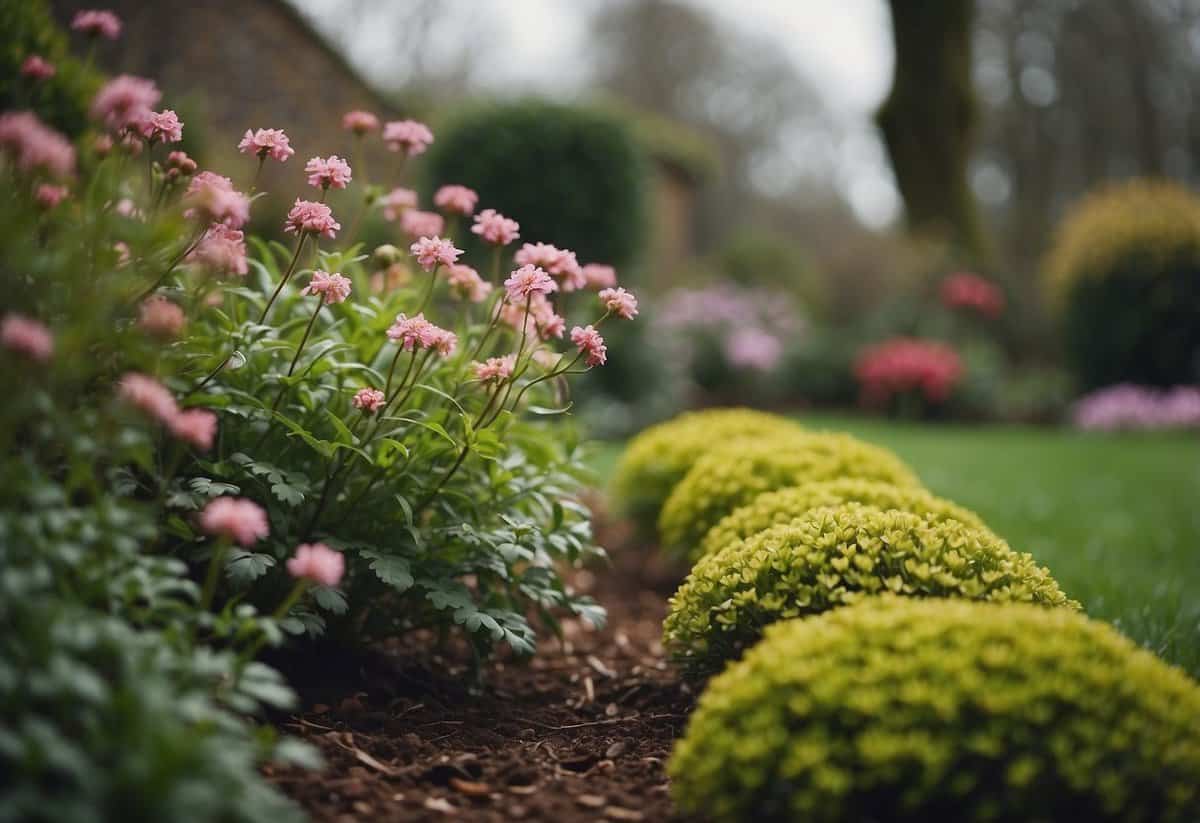
Whether you’re tending to fruit and veggies, planting flowers, or simply maintaining your garden’s health, there are several key tasks you can start now. By getting a head start in March, you set yourself up for a thriving garden in the warmer months.
1) Sow Early Carrots
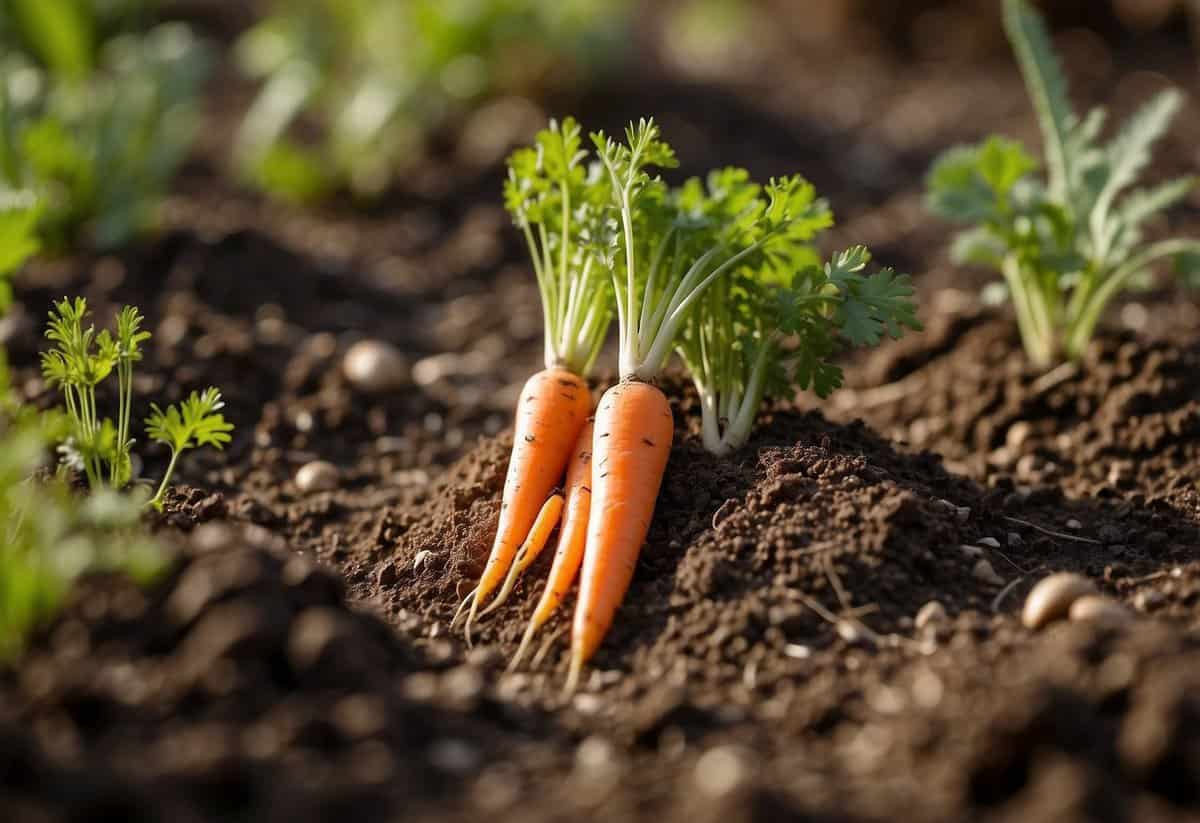
March is a great time to start sowing early carrots in the UK. Choose a hardy variety like ‘Adelaide’ for best results. If you live in a milder climate, you can start even earlier.
Sow your seeds about 1cm deep in the soil, spacing them 5-8cm apart. This will give them enough room to grow without getting crowded.
Cover the seeds with a thin layer of soil and keep the area moist. Be patient, as carrot seeds can be slow to germinate. Protect seedlings from slugs and snails with barriers or organic repellents.
2) Plant Onion Sets

March is a great time to plant onion sets in the UK. Choose a sunny spot in your garden with well-drained soil. Onions need plenty of light to grow well.
Space your onion sets about 10-15cm (4-6 inches) apart. Leave about 30cm (12 inches) between rows. Plant them with just the tips showing above the soil.
Water your onions regularly, especially if it’s dry. Keeping the soil moist helps the onions grow strong and healthy. Choose varieties like ‘Red Baron’ or ‘Sturon’ for a good harvest.
3) Prepare Seedbeds

Begin by choosing a well-drained spot in your garden for your seedbed. It’s best if the area gets plenty of sunlight.
Use a spade to dig the soil to the depth of the spade, and turn it over to break up large clumps. If the soil is dry, use a compost raker instead.
Lightly fork over or hoe the top 5 to 7.5 cm (2 to 3 inches) of the bed to aerate the soil. This helps to eliminate weeds and prepare the ground for planting seeds.
4) Pot Up Dahlia Tubers

March is a great time to pot up your dahlia tubers.
Start by choosing a spot that gets plenty of sunlight, at least 6-8 hours a day. Dahlias love the sun!
Fill your pots with peat-free compost.
Place the tubers halfway down so the buds are only lightly covered with soil.
Water them well and keep the soil moist.
5) Prune Roses

March is a great time to prune your roses in the UK. Pruning helps your roses grow better and bloom more beautifully.
Use sharp secateurs to make clean cuts. Cut to an outward-facing bud for a nice, open shape.
If you have climbing roses, focus on removing side shoots that have grown too long.
Don’t forget to remove any dead, damaged, or diseased wood. This helps keep your rose bushes healthy and strong.
For more detailed information, check out the RHS guide on rose pruning.
6) Divide Perennials

In March, it’s the perfect time to divide your perennials. This helps keep plants healthy and boosts flower production.
Start by gently lifting the plant with a garden fork to avoid damaging the roots. Once lifted, shake off the excess soil.
You can use a spade to slice the clump into smaller sections. Each section should have a good amount of roots and shoots to thrive.
Certain plants, like Black-eyed Susans and peonies, do well when divided every few years. This keeps your garden fresh and full. For more details, check out the RHS guide on dividing perennials.
7) Start Hardy Annuals
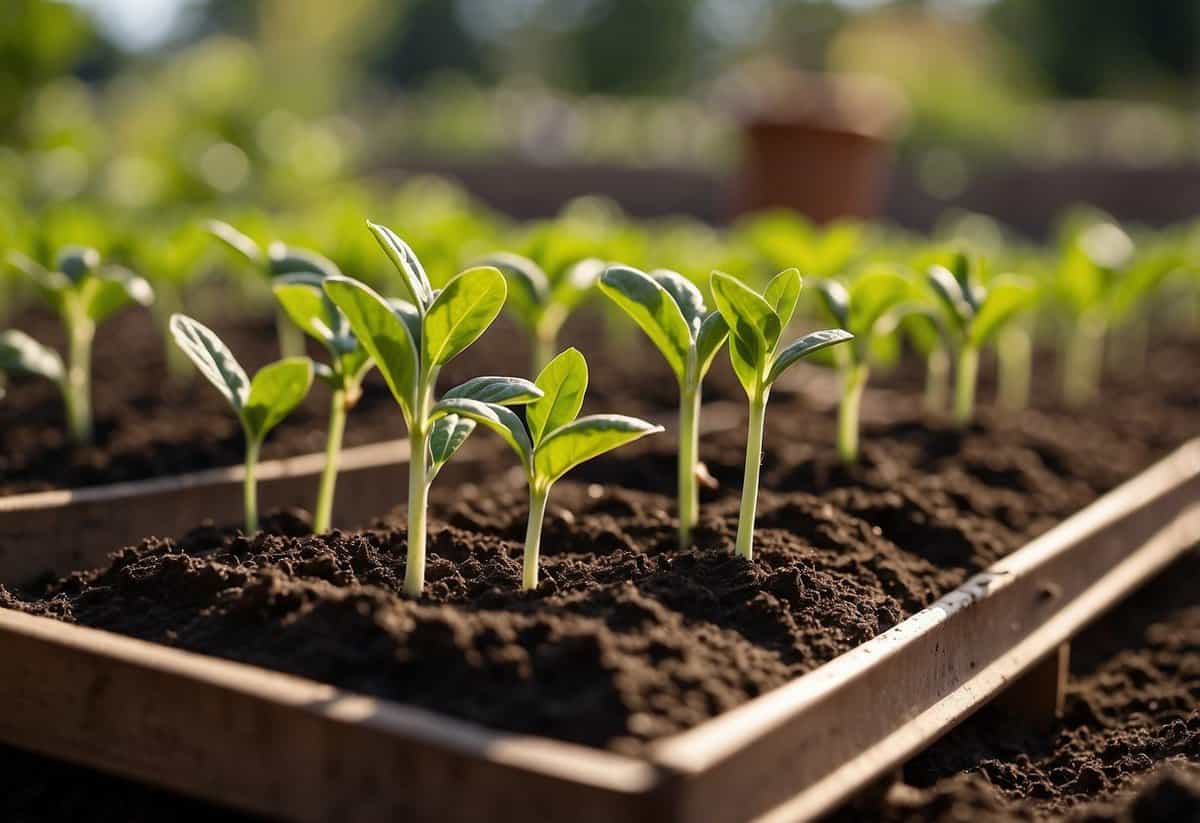
March is a great time to start hardy annuals in your garden. These plants can withstand low temperatures and might even thrive after a frost.
Consider starting plants like Snapdragons, Papaver, and Nigella. These flowers will add early color to your garden.
Sow the seeds directly into the soil towards the end of March. If it’s still too cold outdoors, you can start them indoors using pots or containers. Happy gardening!
8) Turn Compost Heap

Turning your compost heap is essential for faster composting. By mixing the materials, you let air circulate, which helps break down the waste more quickly.
To do this, use a garden fork to move the compost from the sides of the heap to the center. This helps the temperature rise, which can kill off harmful bacteria.
Turning your compost every few weeks also helps maintain the right balance of materials. This makes your compost rich and crumbly, perfect for your garden. For more tips, you can visit Eden Project’s guide.
9) Plant Summer Bulbs

March is a great time to plant summer bulbs in the UK. Choose from a variety of bulbs like dahlias, lilies, and gladioli for a colorful garden.
When planting, make sure to place the bulbs in well-drained soil. Aim to plant each bulb at a depth of twice its length.
For container planting, use a mix of compost with some grit added. Water your bulbs regularly as they begin to grow, ensuring they don’t dry out.
For more detailed tips, visit the RHS guide on planting summer bulbs.
10) Protect New Shoots
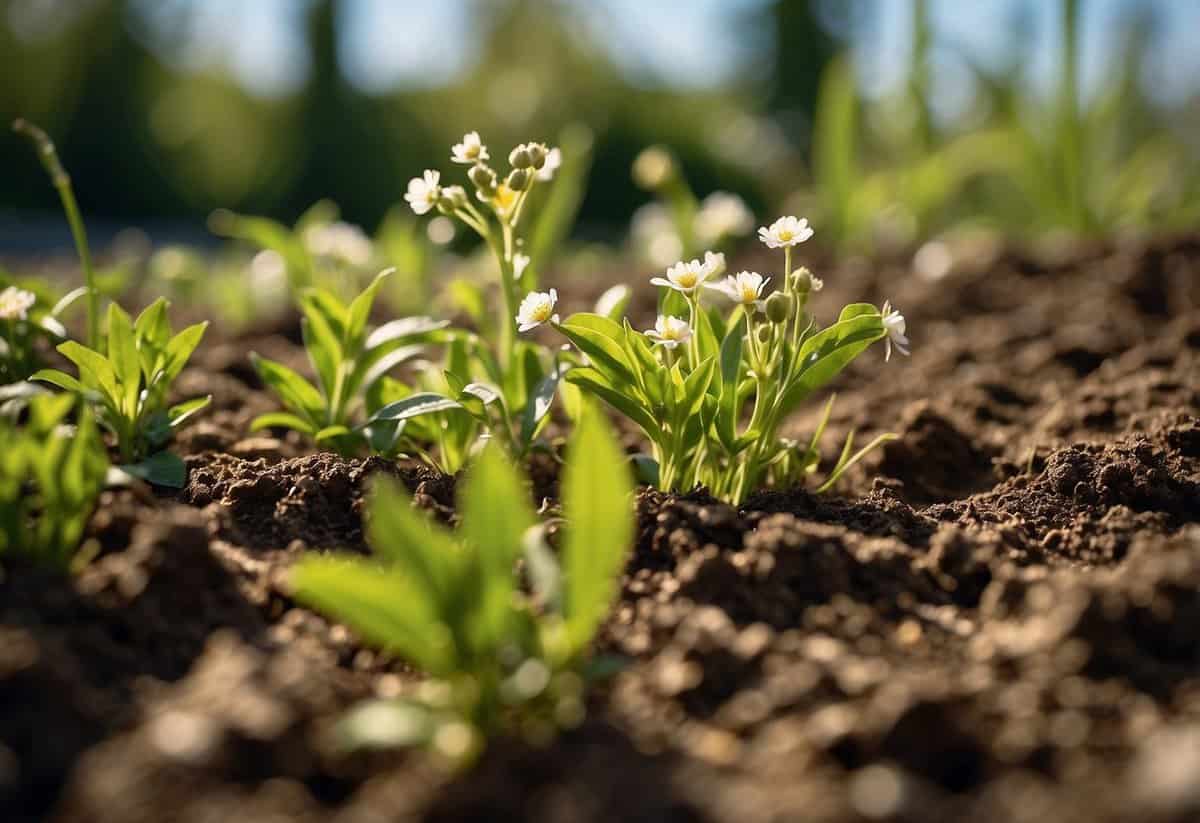
New shoots can be very vulnerable in March. Frost is still a risk, so make sure to cover tender plants with cloches or fleece. This simple step helps keep the new growth safe from cold nights.
Pests can also be an issue. Check your plants regularly and remove any slugs or snails. Using organic slug pellets is another option to keep these pests away.
Preparing Your Soil
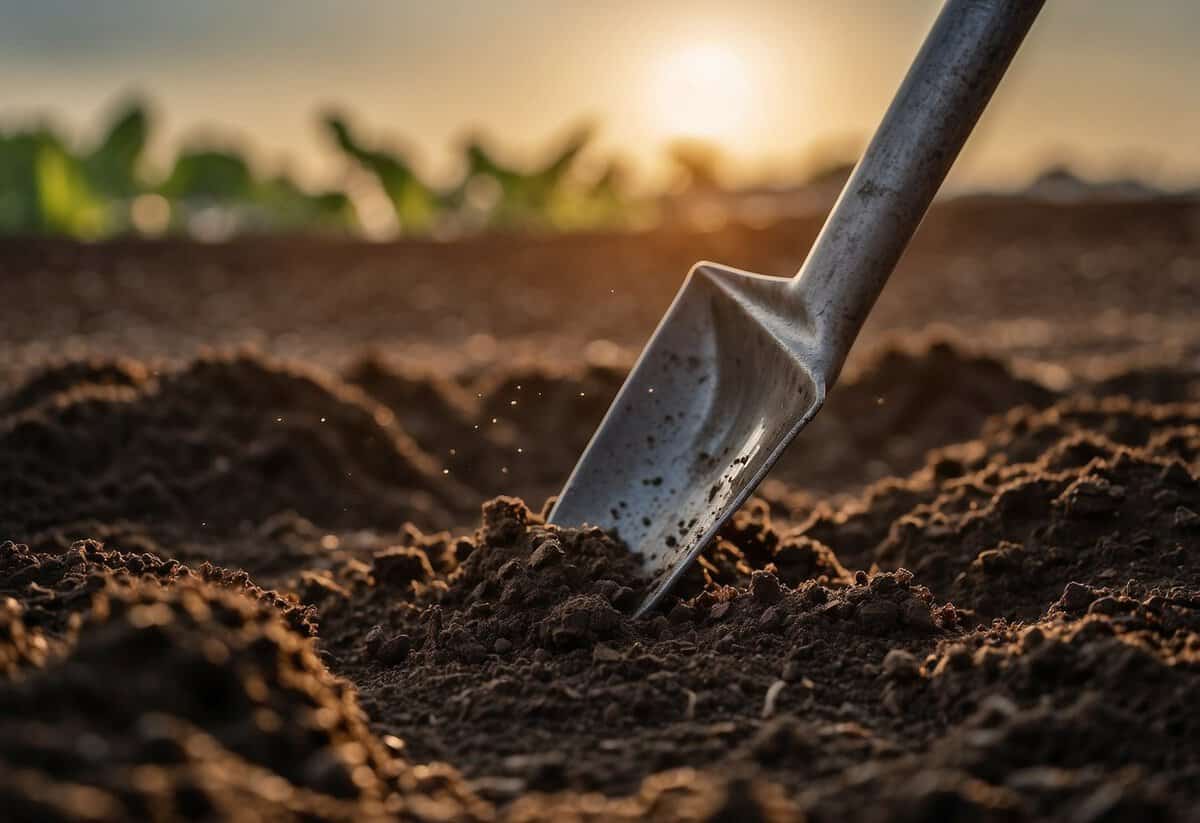
In March, preparing your soil is essential for a healthy and productive garden. Key steps include testing the soil pH and adding compost and manure to enrich the soil.
Testing Soil pH
Knowing the pH of your soil helps you understand what types of plants will thrive. You can use a home soil pH test kit to get accurate results.
To test, mix a soil sample with water and apply the test solution. The pH level will change color, indicating acidity or alkalinity.
Soil pH should typically range between 6.0 and 7.0 for most plants. If the pH is too low (acidic), you might need to add lime. If it’s too high (alkaline), sulfur can help balance it out.
Adjusting your soil pH ensures that plants can absorb nutrients effectively.
Adding Compost And Manure
Adding organic matter like compost and manure improves soil structure and boosts nutrient levels.
Spread a 2-3 inch layer of compost over your garden beds. Use well-rotted manure to avoid burning plant roots.
Compost: Helps retain moisture, suppresses weeds, and provides a slow-release of nutrients.
Well-rotted manure: Rich in nitrogen, phosphorus, and potassium, it enhances soil fertility and encourages root growth.
After spreading, mix the compost or manure into the top 6-8 inches of soil. This integrates the organic material thoroughly, ensuring even distribution.
Regular addition of compost and manure results in healthier plants and more bountiful harvests.
Planting Early Vegetables

In March, it’s time to start planting early vegetables in the UK. Focus on choosing the best varieties and starting some seeds indoors.
Choosing The Right Varieties
March is a transitional month, perfect for planting early crops. Potatoes, spinach, and beetroot are good choices for this time of year. These vegetables can handle the cool temperatures and shorter daylight hours of early spring.
Potatoes should be spaced 30 cm apart in trenches that are 15 cm deep. Varieties like ‘Maris Piper’ or ‘Charlotte’ are commonly grown in the UK and perform well in early planting.
Spinach and beetroot seeds can be sown directly into the soil if it’s warm enough. Look for hardy varieties that are bred to withstand cooler conditions. For spinach, try ‘Perpetual Spinach’ or ‘Medania,’ and for beetroot, consider ‘Boltardy’ as a good early variety.
Sowing Seeds Indoors
Starting seeds indoors gives you a head start on the growing season. Tomatoes and chillies are best sown indoors in March since they need a longer growing time and warmer conditions.
Tomatoes can be planted in pots on sunny windowsills or in a greenhouse. Choose varieties like ‘Alicante’ or ‘Gardener’s Delight’ for reliable growth. Sow the seeds about 1.5 cm deep in small pots or seed trays with a good quality compost.
Chillies also thrive when started indoors. Varieties like ‘Jalapeño’ or ‘Cayenne’ are popular and can produce bountiful harvests. Sow these seeds slightly deeper, around 2 cm, and maintain a warm environment of around 21°C (70°F) using a seedling heat mat if necessary.
Keeping the soil moist but not waterlogged is important to avoid seed rot. Once seedlings are big enough to handle, usually after 4-6 weeks, they can be transplanted to larger pots or directly into the garden when the risk of frost has passed. Use this time to nurture strong, healthy plants that will thrive outdoors later in the season.







